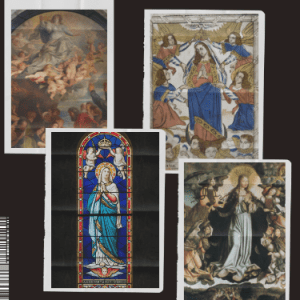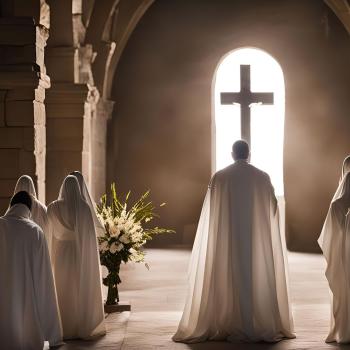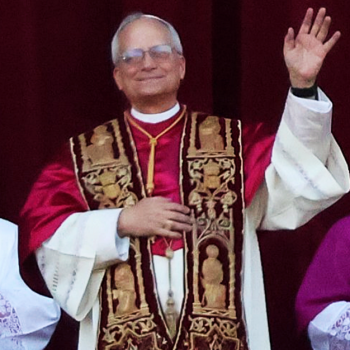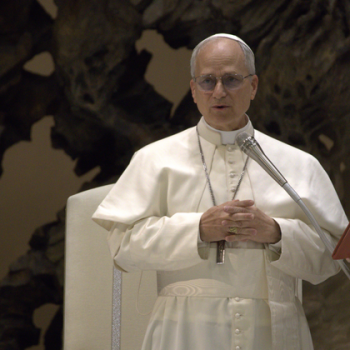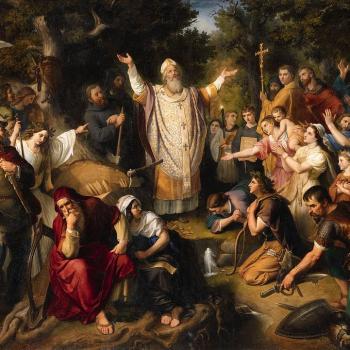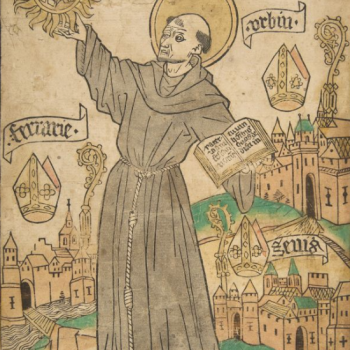The Feast of the Assumption commemorates the glorious journey of Mary, Mother of God, into heavenly glory. This feast has a rich history that spans centuries and holds great significance for Catholics worldwide.
Throughout the early centuries of Christianity, there was a deep devotion to Mary as the Theotokos (Mother of God) and her role in salvation history. The belief in her bodily assumption into heaven at the end of her earthly life gradually developed within sacred tradition.
Early Christian writers such as St. John Damascene, St. Gregory of Nyssa, St. Andrew of Crete, and St Epiphanius eloquently expressed their reverence for this event through their writings during the Patristic era.
St. John Damascene (c. 675-749) From his Homily on the Dormition of Mary.
“It was fitting that she, who had kept her virginity intact in childbirth, should keep her own body free from all corruption even after death.”
St. Gregory of Nyssa (c. 335-395) From his Sermon on the Day of the Holy Theotokos’s Entry into Heaven.
“If death did not touch [Mary], it is because life dwelt within her more abundantly than in any other.”
St. Andrew of Crete (c. 650-740) From his Great Canon for Thursday in Lent, Ode IX.
“Today, humanity ascends with Christ… Today heaven receives into its depths human nature.”
St Epiphanius (c. 310/320-403/404) From his Panarion, or Medicine Chest Against All Heresies.
“[Mary] began to dwell in heavenly places when she conceived God in her womb.”
These quotes demonstrate how early Christian writers upheld and celebrated the belief in Mary’s Assumption or Dormition, as it was often called, as a significant event affirming her unique role as Mother of God and exemplifying our hope for resurrection and eternal life.
The honoring of Mary’s assumption continued throughout Church history.
One of the key examples is in “The Golden Legend” (Legenda Aurea) by Jacobus de Voragine. Which was most popular during the late Middle Ages and the Renaissance. It gained widespread popularity in Europe from the 13th century onwards. During this time, “The Golden Legend” served as a widely read and influential collection of hagiographies and legends about saints, biblical figures, and other religious topics. Its engaging storytelling style made it accessible to both clergy and laypeople, contributing to its immense popularity. It became a significant source of inspiration for art, literature, sermons, and devotional practices throughout medieval Europe. In its pages, a highly detailed account of Mary’s death and bodily assumption is included.
Here is an excerpt:
“And then Michael the angel came and presented the soul of Mary to our Lord. And the Saviour spake and said: Arise up, haste thee, my culver or dove, tabernacle of glory, vessel of life, temple celestial, and like as thou never feltest conceiving by none atouchment, thou shalt not suffer in the sepulchre no corruption of body. And anon the soul came again to the body of Mary, and issued gloriously out of the tomb, and thus was received in the heavenly chamber, and a great company of angels with her.”
Fast forward to more recent Church history; Pope Pius XII officially defined the doctrine of the Assumption on November 1st, 1950, through his Apostolic Constitution Munificentissimus Deus. In this document, he proclaimed:
“By virtue…of our apostolic authority we define it to be a divinely revealed dogma: that she [Mary] was assumed body and soul into heavenly glory.” Pope Pius XII drew upon Scripture passages like Psalm 132:8 (“Arise O Lord…and come to your resting place”) and various patristic sources to affirm this ancient belief held by generations before him.
Moreover, Vatican II’s Dogmatic Constitution Lumen Gentium affirms Mary’s unique participation in Christ’s redemptive work and describes her assumption as “a sign lifted up among people” (LG 68). It further emphasizes how she is united with Jesus in His resurrection and reigns gloriously beside Him as Queen over all things (cf. LG 59).
The Catechism also teaches about the Assumption, stating that Mary was “taken up body and soul into heavenly glory” (CCC 966). It emphasizes how her assumption reveals God’s power to sanctify human nature fully and offers hope for our own resurrection and eternal life.
In light of this rich tradition, why should we care about the Feast of the Assumption today? Here are five reasons:
-
Mary as a Model: The Assumption reminds us of Mary’s unique role as a faithful disciple who said yes to God’s plan. Her journey encourages us to imitate her trust and obedience in our own lives.
-
Hope for Resurrection: The Assumption assures us that through Christ’s redemption, we have hope for our own bodily resurrection and eternal life with Him.
-
Motherly Intercession: Mary, assumed into heaven, continues to intercede for us as a loving mother who cares deeply for her children. We can turn to her with confidence in times of need.
-
A Sign of God’s Love: The Assumption is a powerful sign of God’s love and mercy towards humanity – uplifting our spirits by revealing His desire to share divine glory with all those who embrace His grace.
-
Unity in Heaven: The feast highlights the unity between heaven and earth while reminding us that we are part of the communion of saints longing for union with God in eternity.
As we celebrate the Feast of the Assumption, let us rejoice in this glorious event rooted in sacred tradition, defined by papal authority, affirmed by councils, taught by catechism – all pointing towards our ultimate destiny: eternal life united with Christ alongside His blessed Mother Mary!


